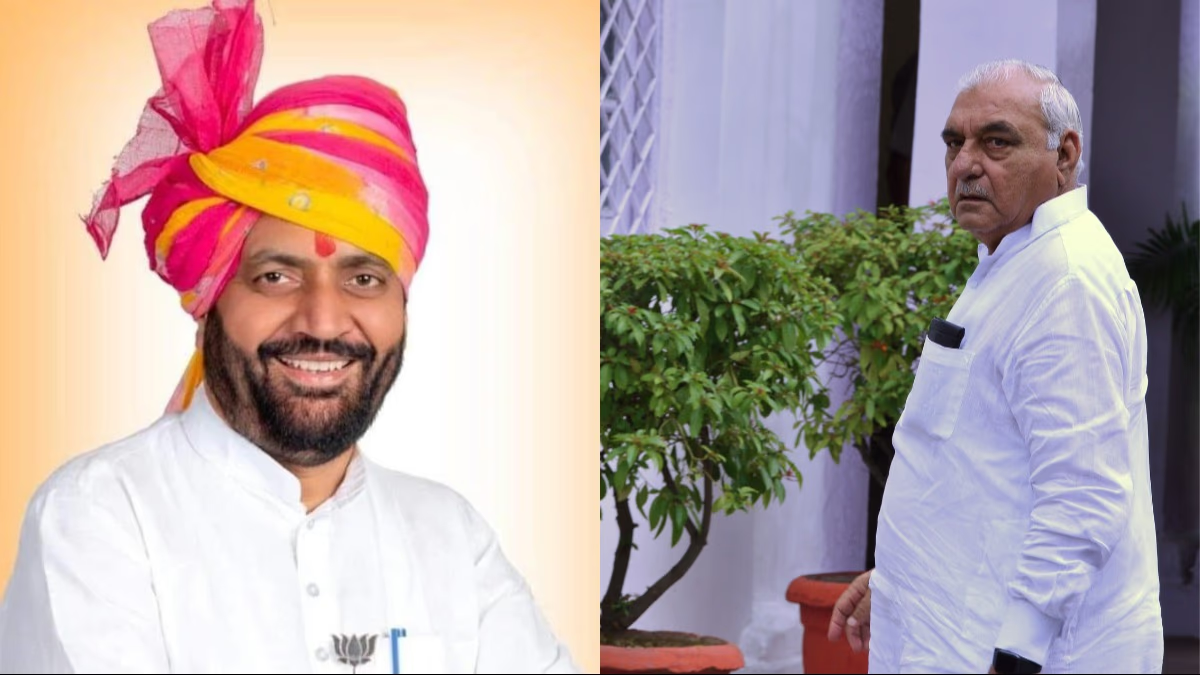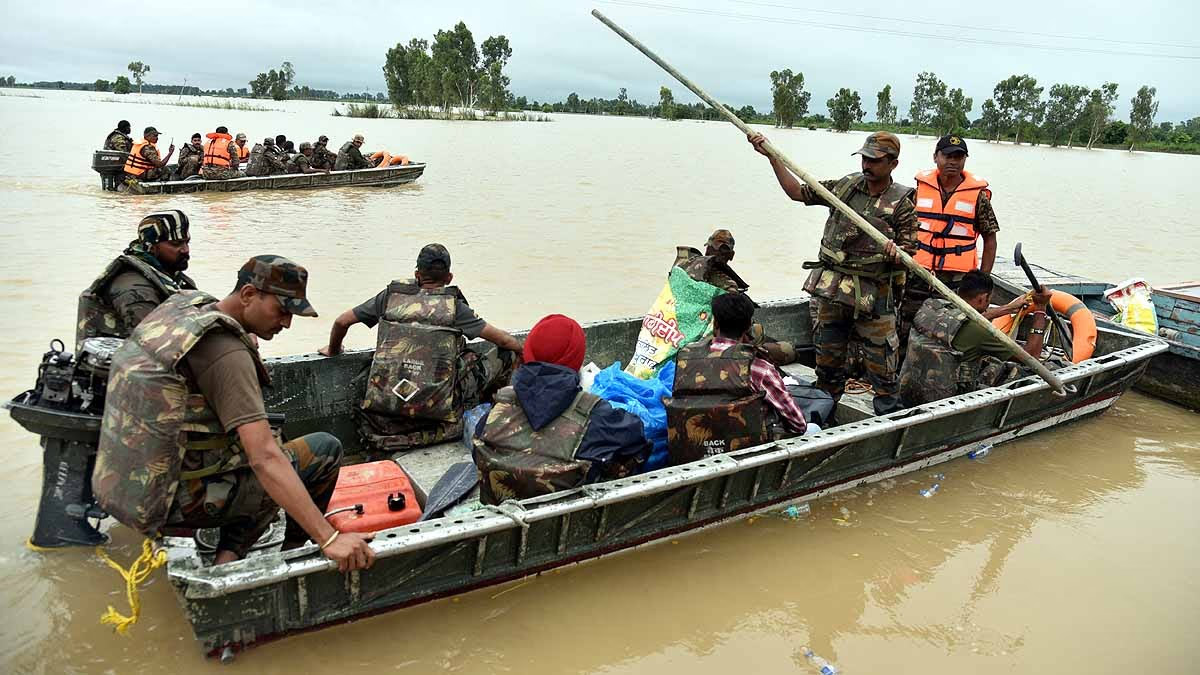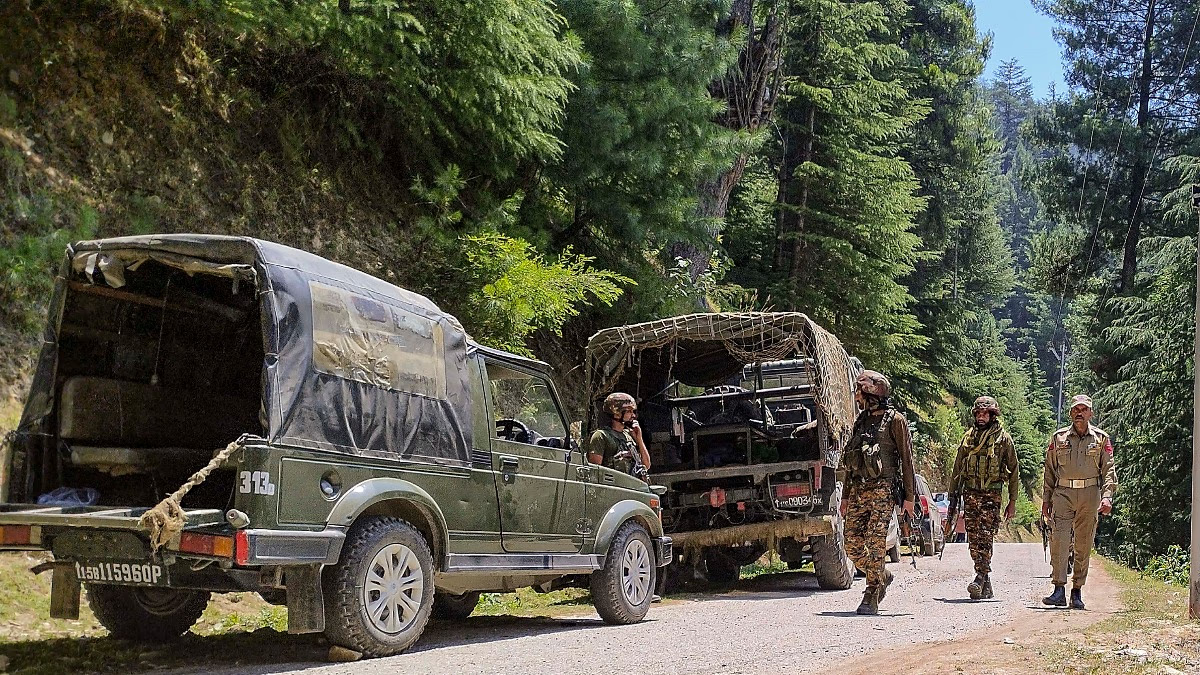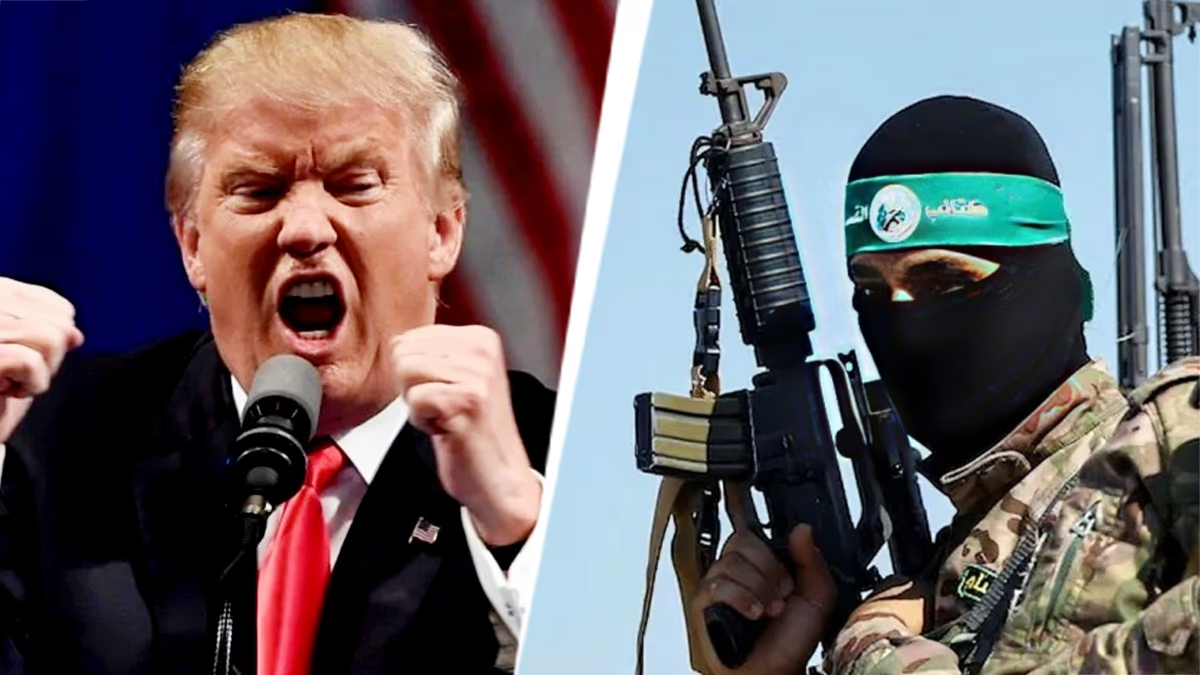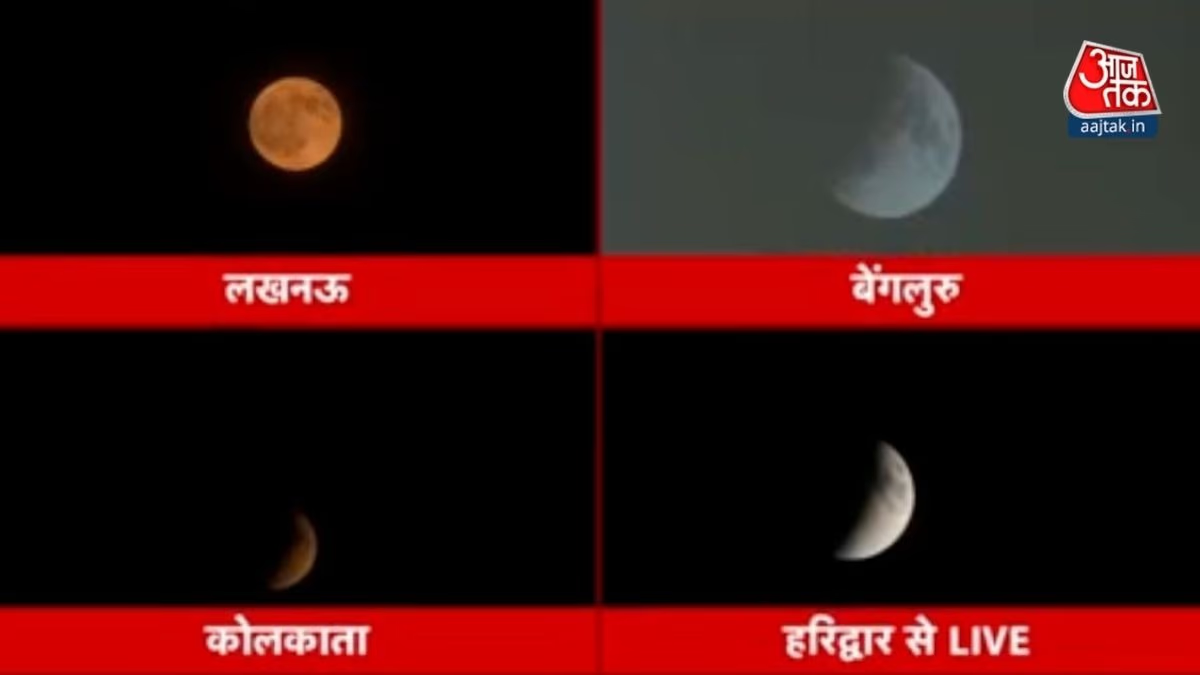On November 1, 1966, Haryana emerged as a separate state after splitting from Punjab, and now it stands on the brink of its 15th assembly election. The tenure of the current assembly expires on November 3, and the Election Commission is gearing up to conduct the elections before that. Today, at 3 PM, the Election Commission will hold a press conference to announce the election dates for Haryana. The state assembly has a total of 90 seats, and currently, the Bharatiya Janata Party (BJP) holds power in Haryana.
Outcomes of Past Elections
In the 2019 Haryana Assembly elections, BJP emerged as the largest party, securing 40 seats with a 36.7% vote share. The Congress received 28.2% of the votes, winning 31 seats, placing it second. Dushyant Chautala's Jannayak Janata Party (JJP) won 10 seats with a 14.9% vote share, whereas the Haryana Lokkahit Party secured one seat with less than 1% vote share. Additionally, seven independents and one other candidate also succeeded in winning seats. No party could achieve the majority mark of 46 seats.
Following the election results, BJP went into active mode and formed the government with the support of JJP, the Haryana Lokkahit Party, and independents. Prior to the Lok Sabha elections, BJP broke its alliance with JJP, replacing Manohar Lal Khattar with Nayab Singh Saini as the Chief Minister.
Historical Election Context of Haryana
In 1967, Haryana held its first assembly election with 81 seats. The Congress won 48 seats, securing the majority. However, within a week of forming the government, defections caused the government to fall, leading to the formation of Rao Birendra Singh's opposition alliance government, which also lasted only six months.
Congress won 48 seats again, but internal conflicts over the CM post led to the appointment of Bansi Lal as the Chief Minister after a week of negotiations.
Congress emerged victorious, while in 1977, Devi Lal's Janata Party won 75 seats, relegating Congress to just three seats. Congress rebounded in 1982, winning 36 seats, but fell short of the majority, with Lok Dal and BJP winning 31 and six seats respectively.
In 1987, Lok Dal secured 60 seats, and in 1991 Congress won 51 seats.
Haryana Vikas Party became the largest party with 33 seats.
The Chautala Era and Subsequent Congress Triumph
In 2000, Indian National Lok Dal (INLD) won with a majority, securing 47 seats, making Om Prakash Chautala the CM. Congress made a comeback in 2005, winning 67 seats under Bhupinder Singh Hooda’s leadership. In 2009, Congress emerged as the largest party but lacked a majority, leading to a coalition government.
BJP's Historic Win in 2014
In the 2014 assembly elections, BJP won 47 seats, forming its first government in Haryana. INLD and Congress won 19 and 15 seats respectively. In the 2019 elections, no party achieved the majority; BJP emerged as the largest party with 40 seats, Congress followed with 31 seats, and JJP secured 10 seats.
Current Political Scenario
In the upcoming elections, Congress, buoyed by its win of five seats in the Lok Sabha elections, aims to make a strong comeback. Congress MP Deepender Singh Hooda is actively engaging with the electorate through his 'Haryana Maange Hisaab' campaign, while CM Nayab Singh Saini is strategizing to appeal to farmers and agriculture groups. The Aam Aadmi Party plans to contest all seats, presenting a challenge to INLD, which is striving to regain its political ground from the emerging JJP.
